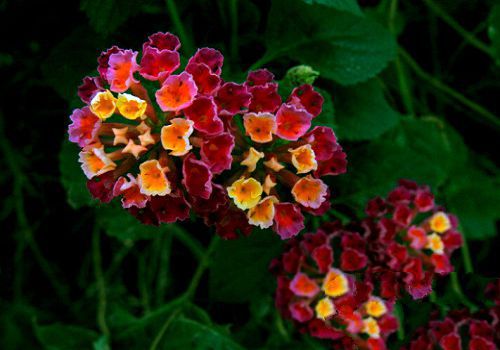A general seed sowing method for beginners in flower planting
For new entrants to the pit, the general seed sowing method is often more simple and practical, although the germination rate may be slightly discounted, but it is better than messing around and being wiped out. Because the seed conditions of different flowers are different, some like light or do not like light, like shade or warm, and so on. But most of the seed sowing methods are still common, as long as you pay more attention to the state of the seed, there will be no big problem.
Before we explore the method of sowing, let's first understand the light-loving nature of the seeds. Generally speaking, small seeds are generally light-loving and do not need to be covered with soil, while large seeds are too bright, so they should be covered with soil and covered with seeds, and it is best to put them in a cool, dark place or even accelerate germination in advance before germination. For example, dwarfs dislike light, so the plastic film can be covered with black film.
After understanding the light-loving nature of seeds, let's talk about an important factor that needs to be considered in sowing-seasons; different flowers and plants have different sowing seasons, usually spring and autumn, and some can only be autumn or spring. Some flower friends, see other people's flowers are good-looking, hurry to buy seeds to sow, this approach is confused, some flowers are afraid of heat, if sowing in summer is doomed to failure.
Choose loose and breathable soil (usually fine peat peat or rotten leaf soil) into a flowerpot or sowing plate, then pour the soil thoroughly and sprinkle the seeds evenly on the soil layer (or soak the pot after sowing).
Note that fine seeds (such as thyme petunia, chrysanthemum, begonia seeds, etc.) do not need to cover the soil, but pay attention to maintain soil moisture, spray water with a fine nozzle spray to moisturize, if there is a large flow of water, it is easy to wash away the seeds or wash them into the depths of the soil. For large seeds, the thickness of the cover soil should be 2-3 times of the seed size.
The optimum temperature for most seeds to germinate is 20-25 degrees Celsius. It should be noted that some seeds can only germinate at low temperatures, such as buttercup, swallows, most vanilla and seeds sown in autumn and winter should not be higher than 25 degrees Celsius. Sowing seeds in spring and summer should not be lower than 20 degrees Celsius. If you can not reach the temperature, use fresh-keeping film to raise the temperature and keep moisture at the same time. In summer, all seeds should be placed in a cool place. To shade the rain, pay attention to warmth and frost protection in winter. Seeds do not have roots before germination and need artificial replenishment to maintain life. The soil should be kept moist but not waterlogged.
If covered with cling film, the flowerpot should be removed in time after the seed germinates, and the flowerpot should be moved to a place with scattered light to see the light, and some liquid fertilizer, such as potassium dihydrogen phosphate, should be applied in time after seed germination. the concentration of potassium dihydrogen phosphate should not be too high, and fertilize according to the growth status of the plant when it grows up.
When the seeds grow to 2-3 leaves, they can be transplanted, and 5-6 leaves can be planted in time. Put a little mature organic fertilizer (home-made organic fertilizer) and slow-release granular fertilizer (such as compound fertilizer) in the flowerpot before planting.
Related
- What if the leaves of potted flowers turn yellow?
- Florescence Control of several Flowers
- Anti-freezing technology and post-freezing nursing technology of flowers
- What is the classification of flowers? What are the common methods of flower classification?
- Prevention and control of alkali and acid damage of flowers in courtyard
- Technology of Anti-freezing and restoring growth of Flower seedlings in greenhouse and greenhouse
- How does flower fertilization not hurt the root? Fertilization technology of flowers
- Key points of disinfection in flower greenhouse
- Several pesticides that are banned or used cautiously in flowers
- How to fertilize the flowers that watch the leaves?



